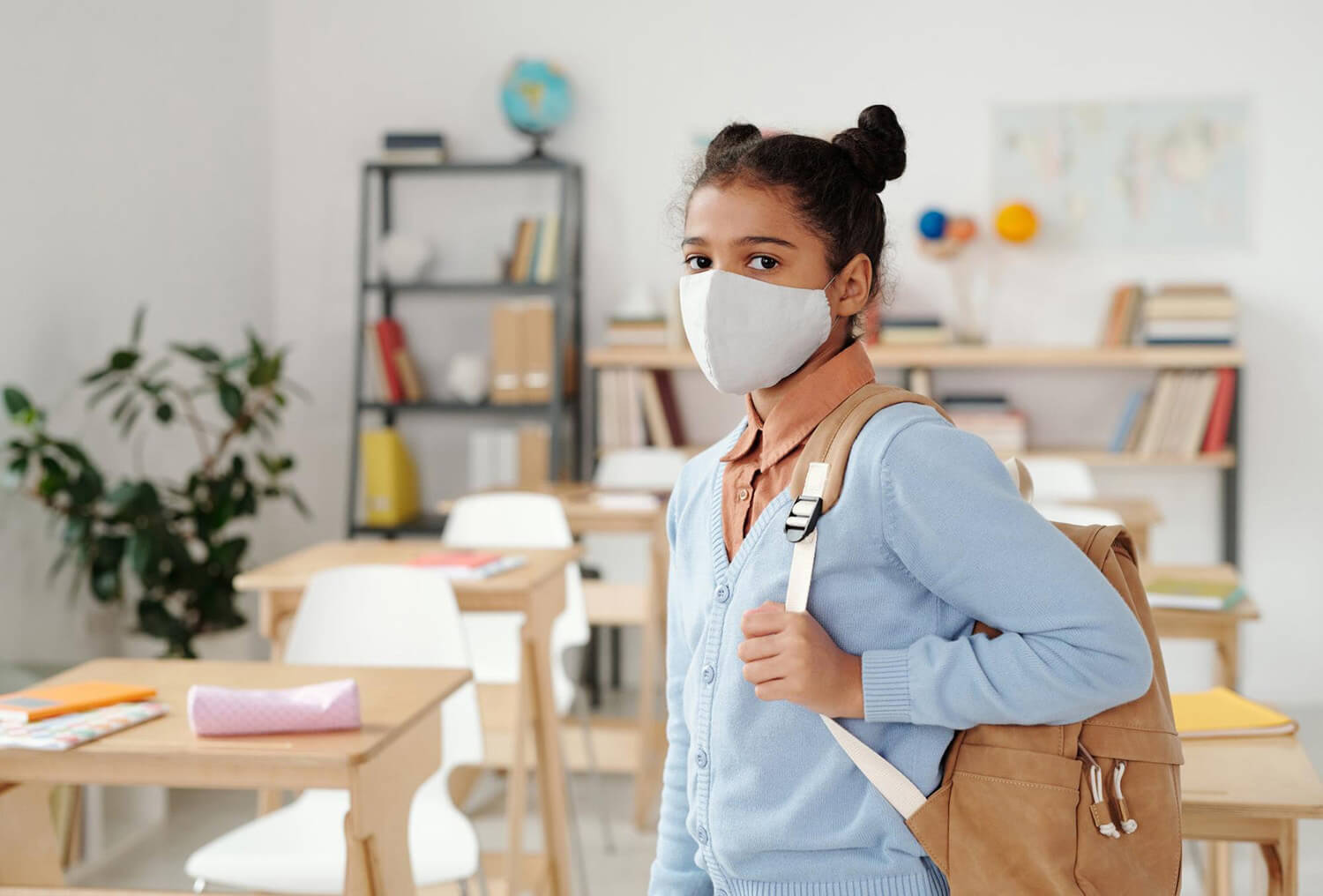Many schools are starting to bring students back into classrooms after an extended period of remote education. For some parents, this is a victory, as distance learning with their children was frustrating for both parties. For others, this is a concern, as they worry about the dangers of COVID-19 and the transition’s difficulty.
We’ll provide some quick tips for students, parents, and teachers to better handle the transition back to classroom learning.
Be patient!
There’s a lot of difference between online learning vs. classroom learning, and many students, teachers, and parents might find old routines strange. Things will be socially awkward as people get used to talking to each other face to face. Students very well may have a hard time focusing and maintaining their schedules.
Everyone involved will have to have some patience until the routines start to “click” again. Starting things off slow can help students warm up to face-to-face education.
When back in the classroom with students, educators can prioritize class exercises that involve a lot of participation and discussion to get students used to social interaction and in-person dialogue again.
Adjust sleep schedule
During the lockdown, stuck inside, time can get somewhat fuzzy. High-school aged students have been known to fall into the natural teen habit of staying up late and waking up late.
Remote education, which in theory could be done from bed, made keeping a regular schedule difficult for some students. Before students go back, they should practice going to bed a little earlier each night and waking up at a time which allows them to start their day effectively.
Students can also try to establish strict routines for their mealtimes and exercise and leave extra time to get ready in the morning as they readjust. Cutting down on screen time can be hard with distance learning, but doing so can improve sleep and start lessening the necessity of computers in their everyday routine.
Pre-plan your social distancing
Schools will look and feel very different post-COVID than they did before. Students should feel prepared for spaces designed to help stop the spread of COVID, and teachers should be preemptive in their plans to help social distancing.
A good strategy to try would be arranging class schedules so that students taking the same subjects can be grouped into cohorts—this will help limit contact to defined groups. There will also need to be plenty of soap and hand sanitizer ready.
Hybridize lessons
There doesn’t need to be a rigid divide between online learning vs. classroom learning. Teachers should understand that students might be excited about face-to-face interaction, but they also will be very used to online classroom learning tools. You can mix your physical classes with homework and assignments using online platforms like Crowdmark.
